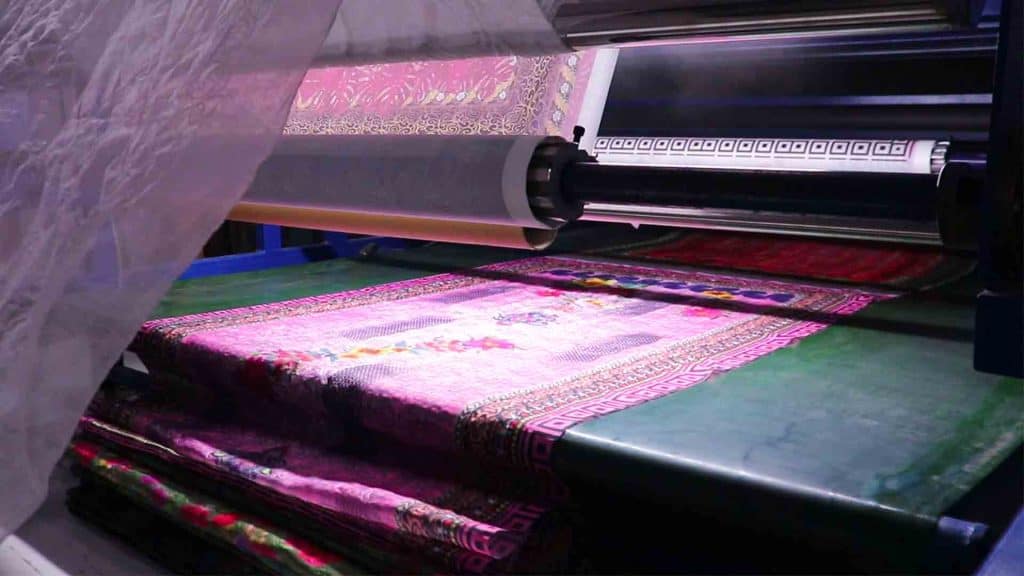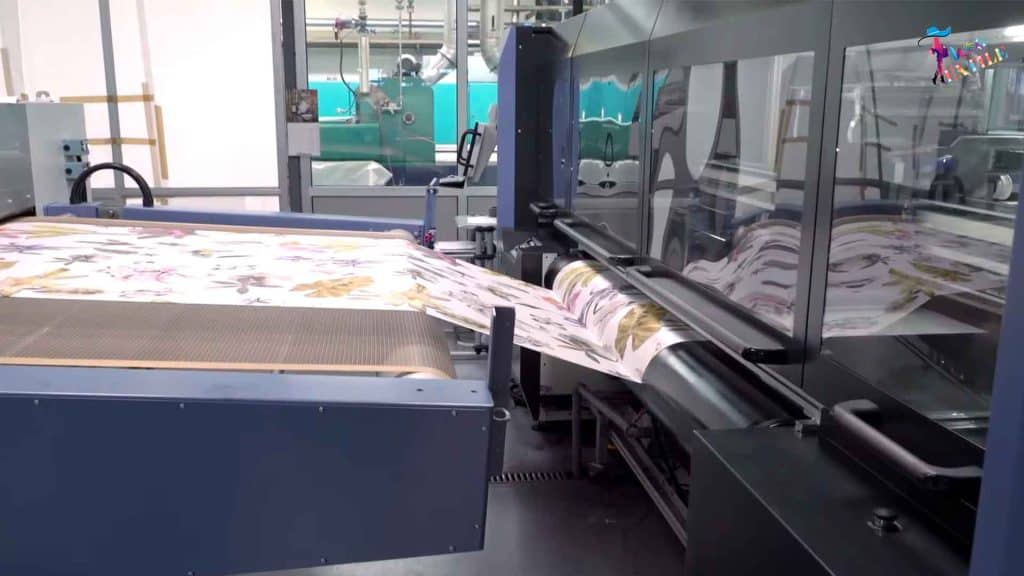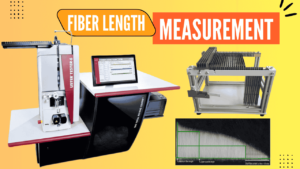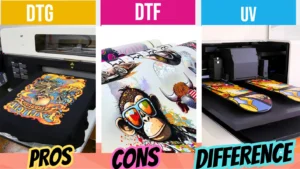Step By Step Explanation of Direct digital printing and Sublimation Digital Printing
What is digital textile printing?
Digital Textile Printing is the most modern and popular technique of textile printing. It is a process of printing on fabrics and garments using ink-jet technology to print colorants onto Fabric. By this technique, we can print textile material without using any block or engraved roller or screen but with better prominence of images.
Digital printing on Fabric is a new and innovative process that involves printing a design, an image, or a pattern directly from the computer onto the Fabric by way of a large format digital printing machine.
types of digital textile printing?
There are mainly 2 methods of digital textile printing
No 1>Sublimation Digital Printing
No 2>Direct Digital Printing
The primary mechanism behind both printers is identical. But the way of feeding the Fabric into the printing machine and the sequence to get the printed Fabric ready differs in both methods.
Sublimation Digital Printing: Paper sublimation printing is the most common way to do sublimation printing. First, print the design on a particular piece of paper, place the designed paper onto the Fabric and feed it through a heat transfer machine. Due to high pressure and temperature, the ink-on-paper transfer to the Fabric.
how Does Sublimation Digital Printing Works?
Step 1> Ready Your Design:
At First, create a design according to the buyer’s requirements. A design developer/artist creates a colorful design with the help of graphic software like Adobe, and the CYMK color model is used as the primary color.
Step 2> Printing:
Print mirrored reflection of digital file on specially coated paper that is The coated paper is also known as heat transfer sublimation paper. Your pattern emerges as the print head passes right to the left and back across the paper, laying the ink on the paper in layers over several passes.
Step 3> Fusing / Heat Transfer:
Printed sublimation paper is then transferred onto the fabric under high heat and pressure using a heat transfer machine.
The sublimation paper and the Fabric are heated and pressed between the two large rolls in the heat transfer machine, which converts the solid dye into a gaseous form without going through a liquid state. The heat, coupled with pressure, causes the dye to penetrate the interior of the Fabric, creating a permanent color bond. After removing the heat, the dye returns to a solid form, and the process is complete.
As colors are embedded in the substrate or Fabric instead of printed on the surface of fabrics, images on Fabric won’t fade or crack even after several washings.
In Direct Digital Printing, the printer transfers ink directly-to-the fabric or directly to garments with the help of ink-jet technology. With this method, it is possible to print the most detailed artwork and design. By using this method, it is possible to print different types of Fabric like cotton, silk, and nylon.

How does Direct Digital Printing Work?
Step 1> Pre-Treatment:
Before printing process, Pre-treat the Fabric with a specific liquid solutions. Generally, cotton and viscose fabrics are printed with ink-jet printed by reactive dye. During this method alkali, urea and thickener are used that prepare it to accept the dye or ink and better absorb the color.
Step 2> Ready Your Design:
Choose the profile according to the Fabric, and RIP the design to get it ready to print.
Step 3> Printing:
Your Fabric is placed flat on the sticky printer belt. Coated Fabric is then fed into the direct digital printer for printing.
Digital textile printing uses ink-jet technology and ink cartridges, where the machine sprays ink/dye with tiny droplets as ordered by the design and software.
A Number of print heads pass back and forth across the Fabric and spray the dyestuff onto it. A printer driver, using a digital version of the design as a reference, controls which color is printed and when.
Step 4> Drying:
Your printed Fabric gets dried by the heater attached to the digital printer.
Step 5> Post Treatment:
The printed Fabric goes through streaming, washing, drying, and ironing. Each Fabric requires a different length and quantity of steam depending on several variables, including fabric type and length of Fabric.
Digital textile Printing is highly flexible, environmentally friendly, and offers high-quality printing.
Different types inks are used for different types of Fabric,
Pigment ink is used for cotton fabrics
Acid dyes work primarily with nylon and silk
Reactive dyes provide the best results on cotton and other viscose materials, and
Disperse dyes are almost exclusively used with polyester




